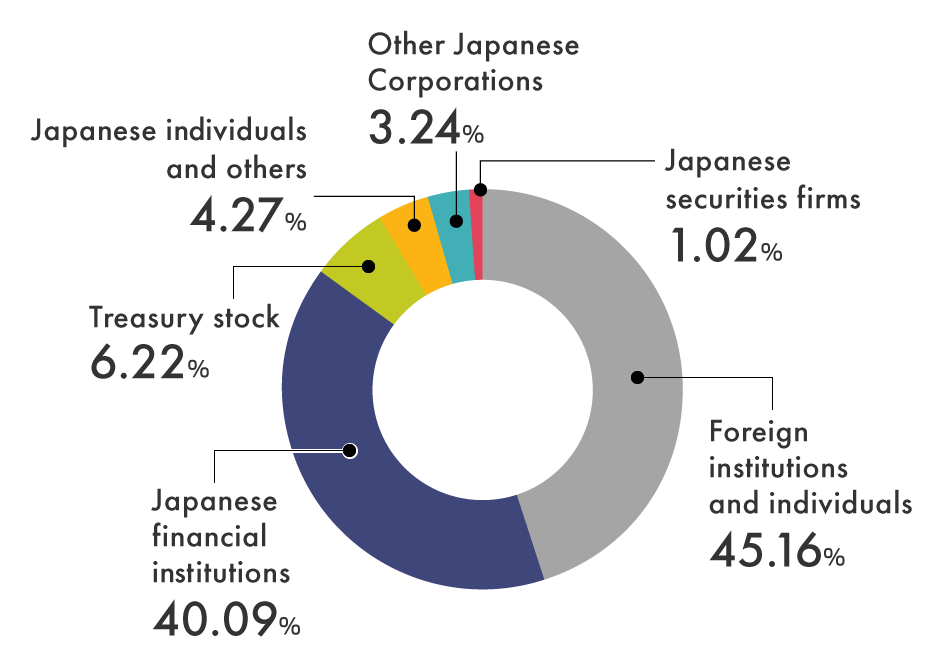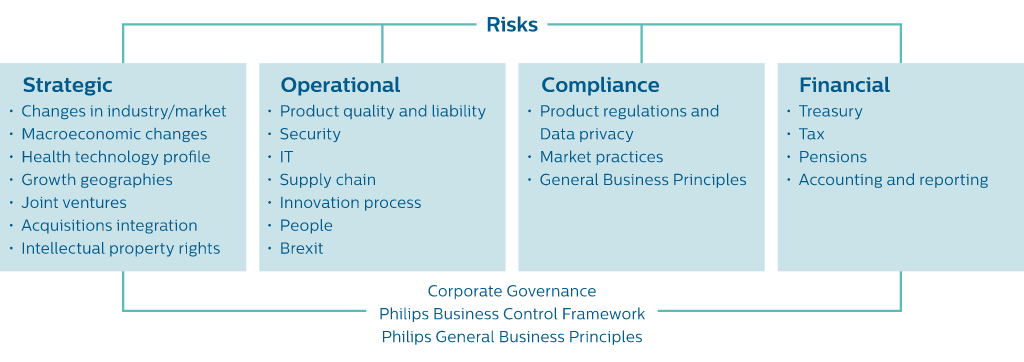
This can be achieved by navigating to the ‘Banking’ or ‘Transactions’ tab and selecting ‘Rules’ from the options. Users then input the conditions based on which the transactions should be categorized, such as keywords, amounts, or names. After defining the conditions, users can specify the actions to be taken for transactions meeting the defined criteria, such as categorizing them into specific accounts or marking them as billable expenses. In this comprehensive guide, we will delve into the intricacies of managing rules in QuickBooks Online. From creating and editing rules to making changes and deletions, we will walk you through each step with clarity and precision.
- By navigating to the Banking menu and selecting the “Banking” section, users can access the “Rules” tab.
- Once there, they can view, add, edit, or delete rules to streamline transaction processing.
- This process aims to optimize rule management, simplifying the categorization of transactions and ensuring accurate financial reporting.
When a rule is undone, it can lead to significant changes in the ledgers and reports, influencing the overall financial visibility of the business. Therefore, it is important to carefully analyze the implications of undoing a rule on the financial tracking system to avoid discrepancies and maintain the integrity of financial management practices within QuickBooks Online. This simplifies the process of managing transactions and ensures that the categorization aligns more closely with the unique needs of the business. By removing rules, users can optimize their rule management, ensuring that only the most relevant and essential instructions are in place. This helps prevent misclassification of transactions and can lead to more accurate financial reporting.

What Happens After Undoing a Rule in QuickBooks Online?
This process allows users to define specific conditions, such as keywords or descriptions, and then specify corresponding actions to be taken when transactions meet those conditions. For example, a user can set a rule to categorize all transactions containing the keyword ‘office supplies’ under the ‘Office Expenses’ category. By incorporating relevant keywords and conditions, users streamline the transaction management process, ensuring consistency and accuracy in financial records.
It allows for a more streamlined and efficient workflow, day to day bookkeeping ultimately saving time and reducing the potential for errors in financial data entry. Rules in QuickBooks Online contribute significantly to the overall efficiency of financial management, allowing businesses to maintain a clear and accurate picture of their financial health. When QuickBooks notices a pattern with your categories, it will automatically create a suggested rule for you. Ultimately, this practice contributes to the overall efficiency and reliability of financial management tasks, enhancing the utilization of QuickBooks Online and facilitating smoother operations for businesses.
Step 2: Review recognized transactions
By editing or adding rules, users can tailor transaction categorization to suit their specific financial needs. This process requires a thorough examination of the financial management practices in place, to understand how they have evolved over time and the impact on previous rules. Any adjustments in transaction categorization must be carefully scrutinized to ensure that the rules align with the current state of transactions. Precise accounting tools play a crucial role in this process, as they aid in identifying discrepancies and inefficiencies that may prompt the need for rule modifications. Selecting the rule to delete in QuickBooks Online allows users to identify specific automated instructions for removal, streamlining transaction categorization and organization by eliminating redundant rule sets.
Setting Up Conditions for the Rule
The options available for managing automated transaction instructions include specifying conditions, assigning categories, and prioritizing rules for accurate and seamless categorization. Leveraging the rules list in QuickBooks Online empowers users to create a customized system that automates repetitive tasks, ensuring accurate and consistent transaction categorization. Rules in QuickBooks Online are automated instructions that help categorize and manage transactions efficiently, providing a streamlined approach to organizing financial data.
If everything looks good, select Add to move the transactions directly into an account in QuickBooks. We will begin by delving into the reasons why you might need to undo a rule in QuickBooks Online, shedding light on the tax brackets for 2020 2021 and 2022 caldculate tax rates potential scenarios where this action becomes necessary. Following that, we will guide you through the precise steps required to undo a rule, from accessing the rule list to removing the rule altogether.
When creating a new rule in QuickBooks Online, users can define specific instructions to categorize and manage transactions automatically, enhancing the efficiency of financial data organization. This proactive measure can save valuable time and effort by preventing the need to undo a rule in QuickBooks Online. By meticulously reviewing the criteria, users can streamline their accounting processes, maintain accuracy in financial records, and avoid potential errors that may arise from an oversight. Confirming the deletion of the rule in QuickBooks Online finalizes the removal of specific automated instructions, optimizing transaction categorization and organization by eliminating unnecessary rule sets. Creating rules in QuickBooks Online involves setting up automated instructions to categorize and manage transactions, providing a systematic approach to organizing financial data. This practice is crucial in maintaining accurate financial records and ensuring that the software adapts to changes in industry standards and regulations.
To delete rules in QuickBooks, users can remove specific automated instructions for transaction categorization and management, streamlining financial data organization by eliminating unnecessary rule sets in the platform. To delete a rule in QuickBooks, users can remove specific automated instructions for transaction categorization and management, streamlining financial data organization by eliminating unnecessary rule sets in the platform. Deleting rules in QuickBooks Online involves removing specific automated instructions for transaction categorization and management, streamlining financial data organization by eliminating unnecessary rule sets. This process aims to optimize rule management, us accounting simplifying the categorization of transactions and ensuring accurate financial reporting. By accessing the rules section in QuickBooks, users can identify and delete rules that are no longer relevant, reducing clutter and enhancing the efficiency of the system. This allows for a more tailored approach to transaction categorization, aligning with the unique needs of the business.

